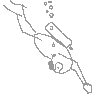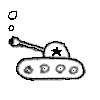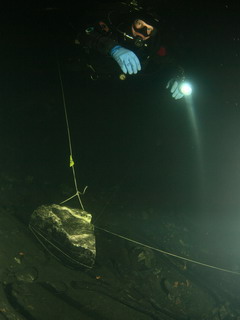
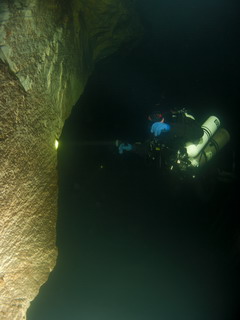
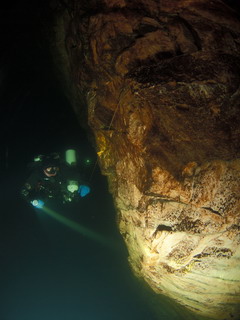
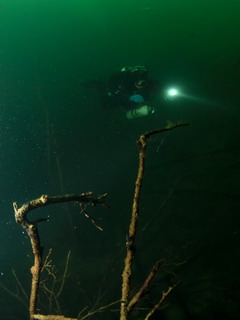
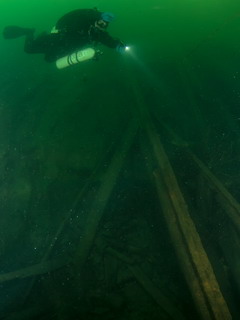
|
Because ya know it’s dark in this cave
The spotlight can’t find the stage
It’s dark in this cave but it feels like home
So I think I’m gonna stay here where the looks fall cold
|
| ©WU LYF |
Ruskeala marble mine.
Three hundred kilometers north of St.Petersburg, near the village of Ruskeala in Karelia, there are marble mines, where mining began in the seventeenth century. Marble of gray, green and beige collected there was used in the construction of the most famous palaces of St. Petersburg: St. Isaac's, Kazan, Winter, and Marmara. Some of St.Petersburg’s subway stations were decorated with this very same marble as well. During the Soviet-Finnish war, the Finnish flooded the mines, hiding incoming water sources from then on. They have not been found. Modern marble extraction has been rendered impossible.
Purchased and promoted as "Mountain Park Ruskeala," the mine has become an attraction for tourists and cave divers alike. The tenants have done everything possible to create comfortable secure amenities for tourism: they have lined the parking lots for cars, built a cafe and a pier with boat launch, and paved a path around the quarry, fenced off from the rocky cliff.
Visibility in the mine is seasonally dependent. At 5-7 meters below the sufrace of the open water, visibility fluctuates between 3 to 10 meters all year round, and the sky above is best seen from September to May. The mine features also a milky, floating slurry layer of absolute zero visibility. This slurry usually starts at 12 meters, just below the entrance to the first level of tunnels - the longest and most popular passage among the local cave diving community. In the spring, the melting of snow and ice raises the water level, making the tunnel aesthetically uninteresting, zero viz skills training is its only remaining use. There is an entrance to the lower galleries beneath the slurry at 28 meters. There is a gap in the marble that leads to a 36-meter level at which divers can reach the main shaft descending to 72 meters.
There are many things of interest in the open water for recreational divers: truck cabins not far from the pier, huge marble blocks housing little gold carp, picturesque overgrown trees, unusually colored mold on the walls, and the walls themselves. However, divers should always execute caution during the dive, constantly monitoring the daylight to eliminate the possibility of being caught in the tunnel or grotto.
To dive here, everyone should have their own gear complete with gas cylinders and weights, or join one of the frequent trips hosted by different St.Petersburg's diving clubs. There are mandatory fees at the quarry for parking and from the pier. Walking tours and boat rentals, if desired, are paid separately. You will also be asked to show your diving certification cards and sign in specifying the time of start and end of your dive.
In the summer, you can camp at a nearby quarry or book rooms at various recreational centers. As for the locals, we prefer Kirkko. This Lutheran parish headed by Finnish old man was built with the money of parishioners is only 500 meters far from the mine. A three-story building, Kirkko suffered from a fire in the winter of 2013 and lost its 2 upper floors, fortunately leaving the ground floor still functioning. The building is built in the shape of a cross with rooms that have two to three beds, has a dining hall with a fireplace, and a sauna. An overnight stay here is 1000 rubles per person, breakfast included. Dinner costs an additional 250 rubles, and tea, coffee, buns and sauna use are free of charge for the guest.
The road from St.Petersburg to the mine is not very far but rather challenging due to its winding nature and generally poor condition of some of the road's sections. It will take you around 5 to 6 hours of travel to arrive, but it’s worth it. Visit Ruskeala Marble Mine and you will discover another piece of the underwater world's puzzle.
|
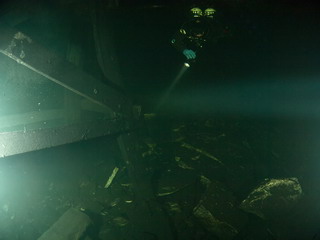
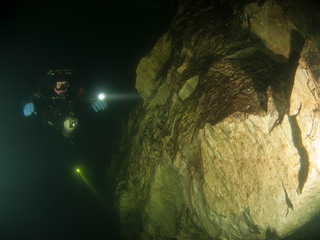
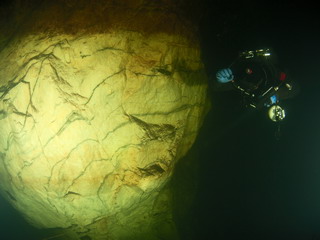
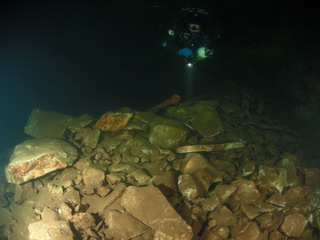
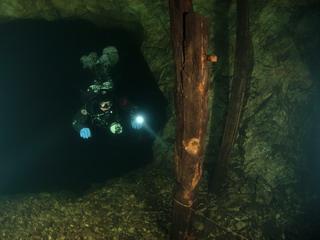
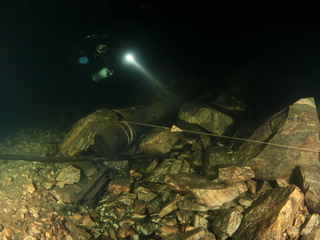
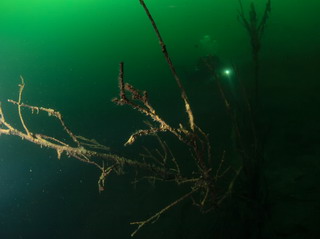
|


